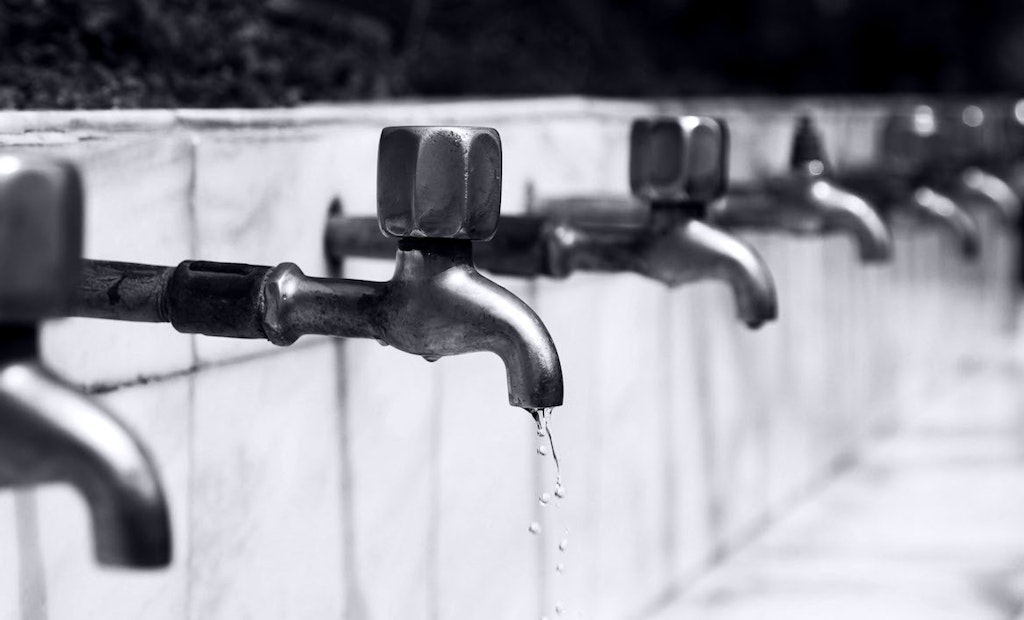To start this series of discussions on troubleshooting, I discussed getting information from the homeowner and using a water meter to get a reading on actual flow conditions. Checking for extra flow into the system can be conducted at the same time or before meter reading information is collected.
My approach to start looking for extra water is to have the homeowner make sure no water is currently being used in the house, then open up the septic tank and listen to hear if there is water coming in. If there is, it likely means that there is a stool or other fixture leaking and sending water to the system. This is obviously a crude and rudimentary approach but can be a good indicator of leaky fixtures. A colleague of mine told me what he does after the homeowner discussion is check the pressure gauge on the pressure tank and then come back in half an hour to see if it has changed. If you ask any homeowner about leaky fixtures, they will almost always say they don’t have any.
If there is an indication that there are leaky fixtures, all toilet tanks and faucets should be checked. If any are leaking, they should be repaired or replaced. Most leaks will continue to get worse over time, so even if the amount at present is small, it can be a problem in the future. A leak losing a gallon an hour amounts to a daily inflow of 24 gallons to the system — which over time can contribute to the system overloading.
Every toilet should be checked to see the float shut-off valve works properly and the float is set at the proper level for efficient flushing. If the float is too low, it can lead to multiple flushes that add unnecessary water to the system. If the float is set too high, water can overflow into the standpipe, releasing extra water to the system with each flush. The water level in the flush tank should operate about 1 inch below the top of the overflow pipe.
All the flappers should be checked to see that they seat properly following a flush and are not deteriorating. Sometimes it is not obvious that water is being lost around the flapper. Adding a little food coloring or dye to the water in the tank can determine whether the dye stays in the tank or leaks into the bowl.
All faucets should be checked for dripping and leaks. Any that are found to be leaking should have their components or the entire faucet replaced.
There are a lot of other potential ways that extra water can be delivered to the system that should be checked and either eliminated or identified as the cause of the problem. We will look at other potential sources within all parts of the system including the house (user), sewage tank and drainfield.
About the author: Jim Anderson is connected with the University of Minnesota onsite wastewater treatment program and is an emeritus professor in the university’s Department of Soil, Water and Climate. Send him questions about septic system maintenance and operation by sending an email to kim.peterson@colepublishing.com.
This article is part of a series on troubleshooting onsite systems:
- Troubleshooting: Check for Hydraulic Overloading
- Troubleshooting: Water Softener Use and Garbage Disposals
- Troubleshooting: Check for Extraneous Flow
- Troubleshooting: Don’t Forget About the Furnace
- Troubleshooting: Basement Footing Drains






